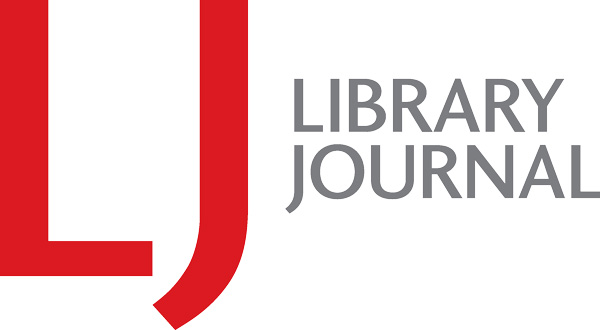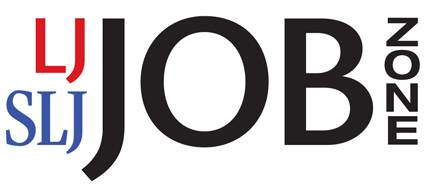Akamai Releases Updated Internet Statistics in Latest “State of the Internet Report”
The report was released earlier today.
From a Summary/News Release:
Global Internet Penetration
More than 733 million unique IPv4 addresses from 243 countries/regions connected to the Akamai Intelligent Platform, an increase of 3.1 percent over the previous quarter and 10 percent year over year. Since a single IP address can represent multiple individuals in some cases – such as when users access the Web through a firewall or proxy server – Akamai estimates the total number of unique Web users connecting to its platform during the quarter to be well over one billion.
Among the top 10 countries that connected to the Akamai Intelligent Platform in the first quarter, quarterly growth ranged from 0.7 percent in Germany to 5.3 percent in China. Across the full set of observed countries/regions worldwide, nearly 75 percent saw a quarterly increase in unique IP address counts.
Year-over-year, the number of global unique IP addresses connecting to Akamai grew by 10 percent – an increase of more than 73 million over the first quarter of 2012. Among the top 10 countries, yearly growth ranged from 1 percent in the United States to double-digit growth in the United Kingdom (11 percent), Russia (15 percent), Italy (20 percent), China (20 percent) and Brazil (38 percent). Worldwide, nearly 75 percent of countries/regions had higher unique IP address counts year-over-year.
Connection Speeds
Quarter-over-quarter, the global average connection speed rose 4 percent to 3.1 Mbps (up from 2.9 Mbps). A total of 117 countries/regions that qualified for inclusion saw average connection speeds increase this quarter, ranging from 0.7 percent in Kuwait to 75 percent in Guatemala.
Year-over-year, average connection speeds grew by 17 percent, with eight of the top 10 countries/regions growing by double-digit percentages. Around the world, 123 qualifying countries/regions saw a year-over-year increase in average connection speeds, ranging from 1.4 percent in Oman to 122 percent in Iraq.
Global average peak connection speeds increased 9.2 percent to 18.4 Mbps during the first quarter of 2013. Hong Kong was again number one at 63.6 Mbps, an increase of 9 percent over the previous quarter.
Global broadband (>4 Mbps) adoption increased 5.8 percent during the quarter to reach 46 percent. Global high broadband (>10 Mbps) reached 13 percent on a 10 percent increase over last quarter.
Internet Attacks
Akamai observed attack traffic originating from 177 unique countries/regions during the first quarter of 2013, the same number that was observed in the fourth quarter of 2012. While China kept its position as the single-largest volume source of observed traffic with 34 percent of the total (down from 41 percent in the previous quarter), Indonesia took over second place with 21 percent of observed traffic (up from 0.7 percent in the previous quarter). The United States dropped from second to third with 8.3 percent of observed traffic (down from 10 percent in the previous quarter).
The top 10 countries/regions generated more than 80 percent of the observed attack traffic during the quarter. More than half of the total observed attack traffic originated from China and Indonesia.
Port 445 (Microsoft-DS) continued to be the most targeted port in the first quarter, receiving 23 percent of observed attack traffic. Port 80 (WWW HTTP) was second at 14 percent, with a majority of these attacks observed to be originating in Indonesia.
Mobile
In the first quarter of 2013, average connection speeds on surveyed mobile network operators ranged from a high of 8.6 Mbps to a low of 0.4 Mbps. Nine operators demonstrated average connection speeds in the broadband (>4 Mbps) range while 64 more operators showed average connection speeds above 1 Mbps. Data collected by Ericsson indicates that the volume of mobile data traffic doubled from the first quarter of 2012 to the first quarter of 2013, and grew 19 percent between the fourth quarter of 2012 and the first quarter of 2013.
An initial release of an updated data source for Akamai IO occurred in mid-February 2013, resulting in significant changes in observed device/browser adoption levels. For the first half of the quarter, mobile devices on cellular networks using the Android Webkit accounted for just over 41 percent of total requests, while Apple Mobile Safari accounted for 38 percent. In the second half of the quarter, Android Webkit was responsible for nearly 44 percent of requests and Apple Mobile Safari accounted for just over 30 percent. When measuring mobile devices across all network types, Apple Mobile Safari accounted for approximately 60% and Android Webkit was responsible for 20-33% of requests.
Access the Complete Q1 2013 Report and Infographics
More Statistics via Akamai in 60 Seconds
Filed under: Data Files, News, Patrons and Users
About Gary Price
Gary Price (gprice@gmail.com) is a librarian, writer, consultant, and frequent conference speaker based in the Washington D.C. metro area. He earned his MLIS degree from Wayne State University in Detroit. Price has won several awards including the SLA Innovations in Technology Award and Alumnus of the Year from the Wayne St. University Library and Information Science Program. From 2006-2009 he was Director of Online Information Services at Ask.com.


